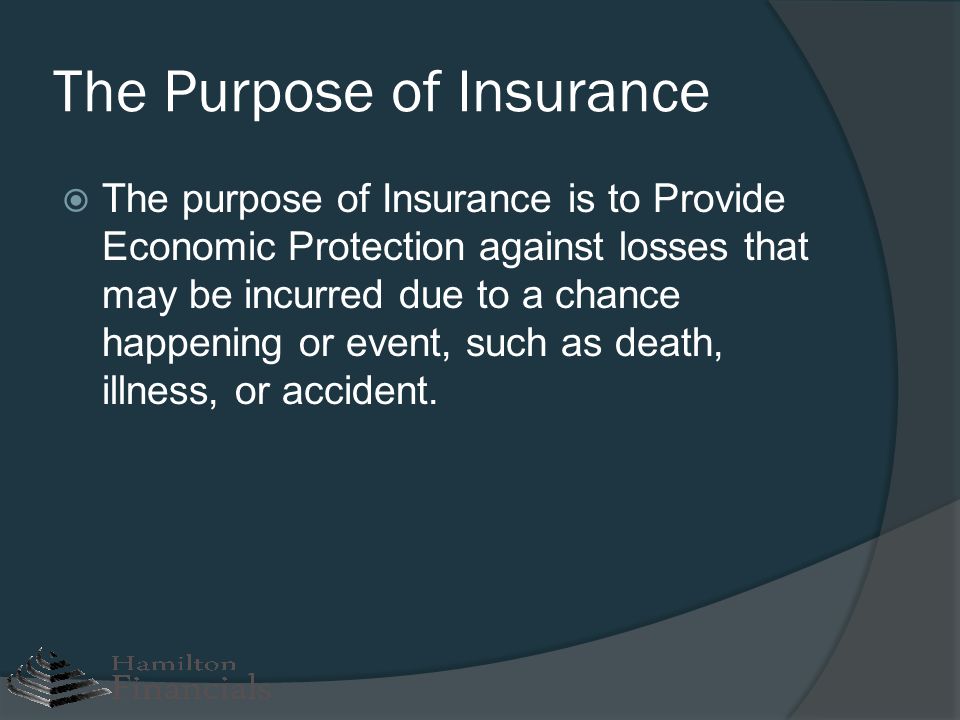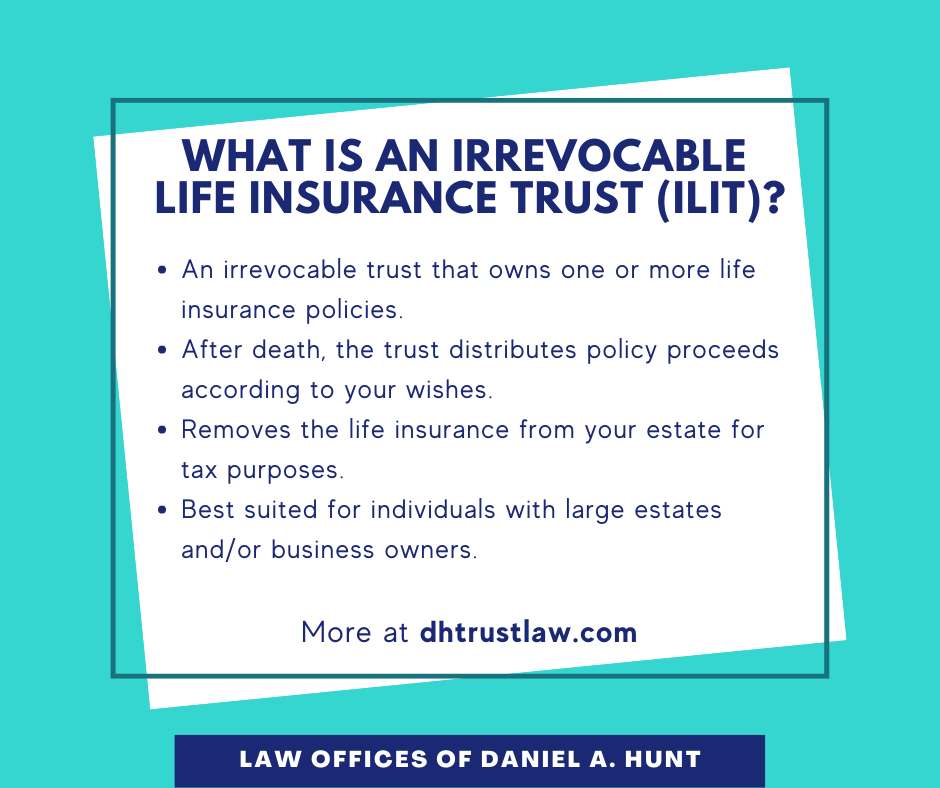The smart Trick of Pacific Prime That Nobody is Talking About
The smart Trick of Pacific Prime That Nobody is Talking About
Blog Article
The Single Strategy To Use For Pacific Prime
Table of ContentsAll about Pacific PrimeUnknown Facts About Pacific PrimeThe 9-Minute Rule for Pacific PrimeThe smart Trick of Pacific Prime That Nobody is Talking AboutSome Known Incorrect Statements About Pacific Prime

This is due to the fact that the data were gathered for a duration of strong economic efficiency. Of the approximated 42 million people that were without insurance, just about regarding 420,000 (concerning 1 percent) were under 65 years of age, the age at which most Americans come to be qualified for Medicare; 32 million were adults in between ages 18 and 65, about 19 percent of all adults in this age group; and 10 million were youngsters under 18 years old, regarding 13.9 percent of all youngsters (Mills, 2000).
These quotes of the number of individuals without insurance are generated from the annual March Supplement to the Current Population Study (CPS), conducted by the Census Bureau. Unless otherwise kept in mind, national price quotes of people without medical insurance and percentages of the population with different type of insurance coverage are based on the CPS, one of the most commonly made use of resource of quotes of insurance policy protection and uninsurance rates.
Pacific Prime Fundamentals Explained

Still, the CPS is specifically helpful because it creates annual quotes fairly swiftly, reporting the previous year's insurance coverage estimates each September, and due to the fact that it is the basis for a regular set of estimates for greater than 20 years, permitting for evaluation of fads in coverage with time. For these reasons, as well as the extensive use the CPS in various other researches of insurance policy coverage that exist in this record, we depend on CPS price quotes, with restrictions kept in mind.

The price quote of the number of without insurance individuals increases when a population's insurance coverage standing is tracked for a number of years. Over a three-year duration beginning early in 1993, 72 million individuals, 29 percent of the united state populace, were without coverage for a minimum of one month. Within a single year (1994 ), 53 million individuals experienced a minimum of a month without insurance coverage (Bennefield, 1998a)
6 out of every ten without insurance adults are themselves used. Working does boost the likelihood that one and one's family participants will have insurance policy, it is not a guarantee. Also participants of households with two full-time breadwinner have nearly a one-in-ten possibility of being without insurance (9.1 percent uninsured price) (Hoffman and Pohl, 2000).
The Pacific Prime Diaries
New immigrants represent a substantial proportion of people without health insurance. One analysis has associated a considerable portion of the recent growth in the size of the U.S. uninsured populace to immigrants that showed up in the country in between 1994 and 1998 (Camarota and Edwards, 2000). Current immigrants (those that came to the USA within the previous 4 years) do have a high rate of being without insurance (46 percent), however they and their youngsters represent just 6 percent of those without insurance policy across the country (Holahan et al., 2001).
The relationship between medical insurance and access to care is well established, as recorded later on in this phase. The connection between wellness insurance and health outcomes is neither straight nor easy, a comprehensive scientific and health and wellness services study literary works links wellness insurance policy protection to enhanced access to care, much better high quality, and enhanced personal and populace wellness condition.
Levels of analysis for analyzing the effects of uninsurance. This conversation of wellness insurance protection concentrates mostly on the U.S. populace under age 65 because practically all Americans 65 and older have Medicare or various other public protection. Furthermore, it concentrates specifically on those without any type of medical insurance for any size of time.
The 9-Minute Rule for Pacific Prime
The issues faced by the underinsured are in some areas similar to those dealt with by the uninsured, although they are normally much less severe. Wellness insurance coverage, nevertheless, is neither needed nor enough to gain accessibility to medical services. The independent and direct effect of health insurance policy protection on accessibility to health services is well developed.
Others will acquire the healthcare they require even without health and wellness insurance, by spending for it out of pocket or seeking it from companies that use treatment cost-free or at highly subsidized prices. For still others, medical insurance alone does not make sure receipt of treatment because of various other nonfinancial obstacles, such as an absence of health care providers in their neighborhood, minimal accessibility to transportation, illiteracy, my response or etymological and cultural distinctions.
Pacific Prime for Beginners
Formal research study concerning uninsured populations in the USA dates to the late 1920s and very early 1930s when the Committee on the Cost of Healthcare generated a collection of records concerning funding doctor workplace sees and hospitalizations. This concern came to be significant as the varieties of clinically indigent climbed up during the Great Anxiety.
Report this page